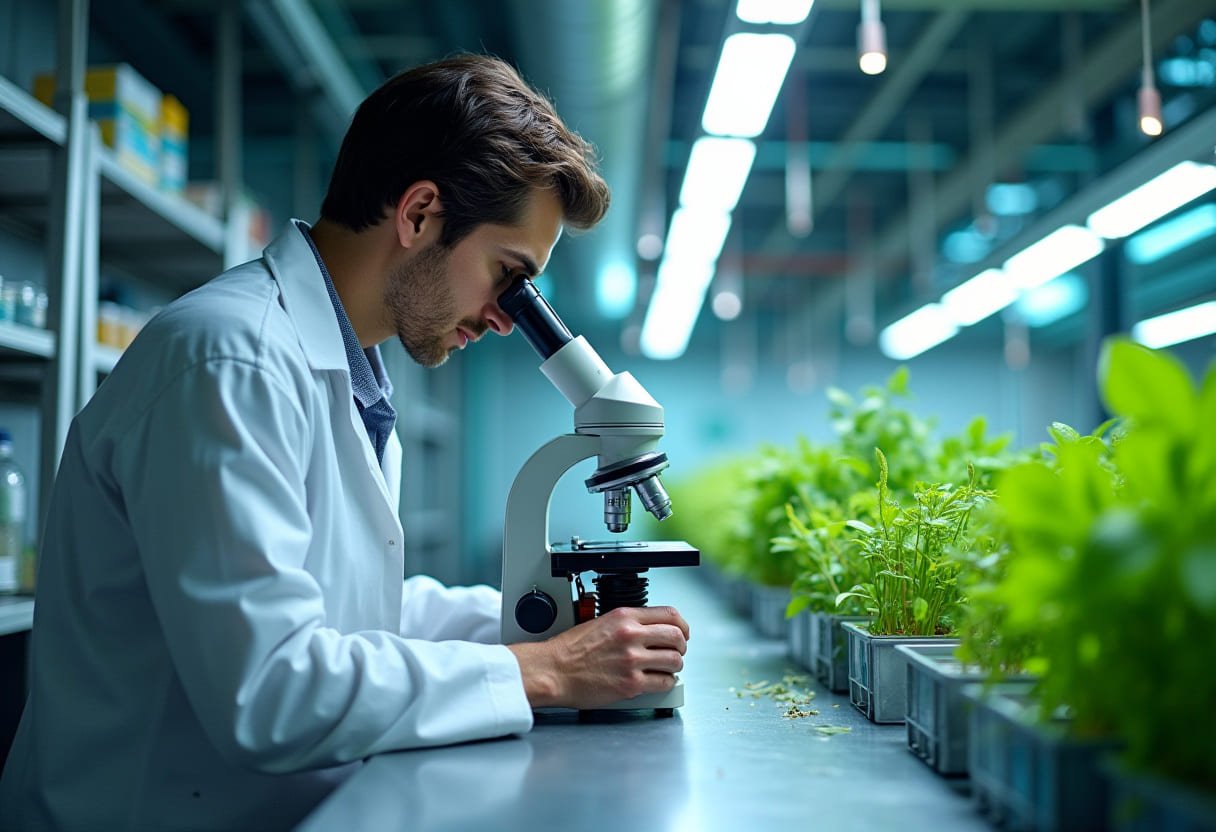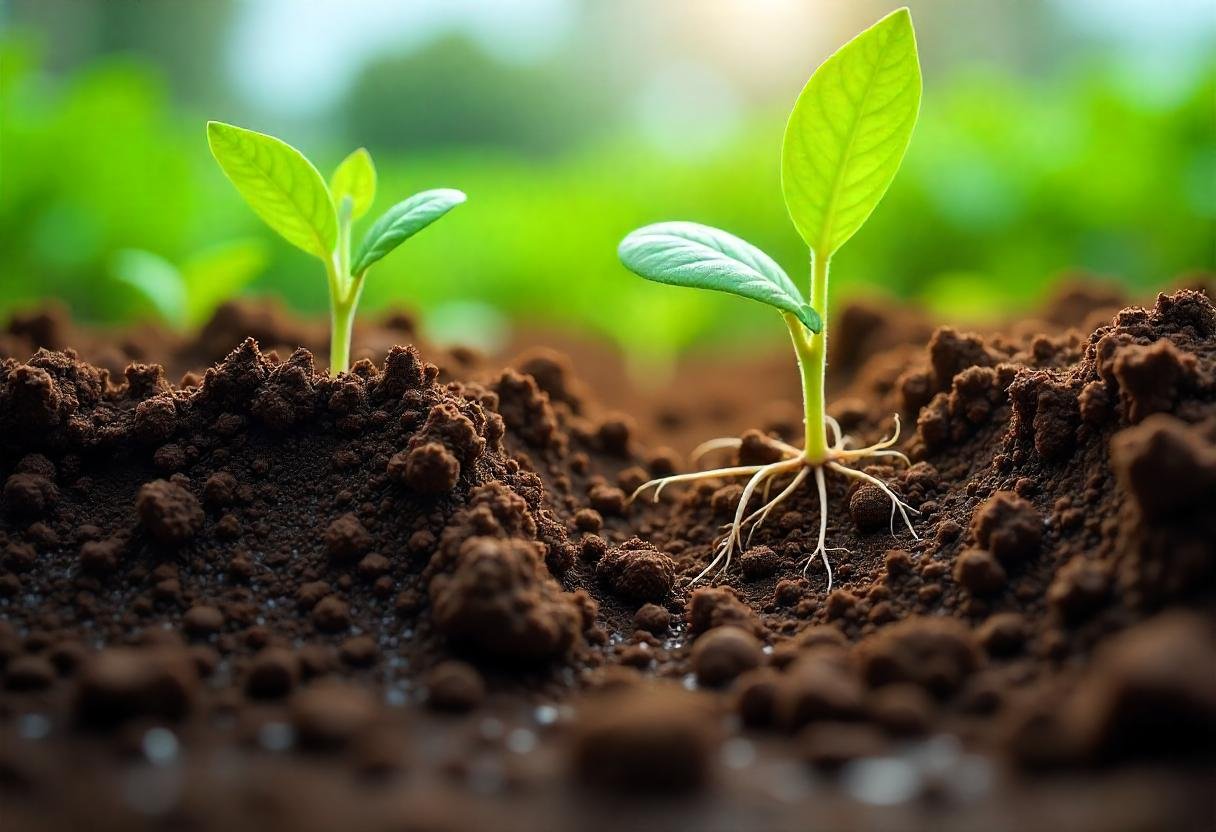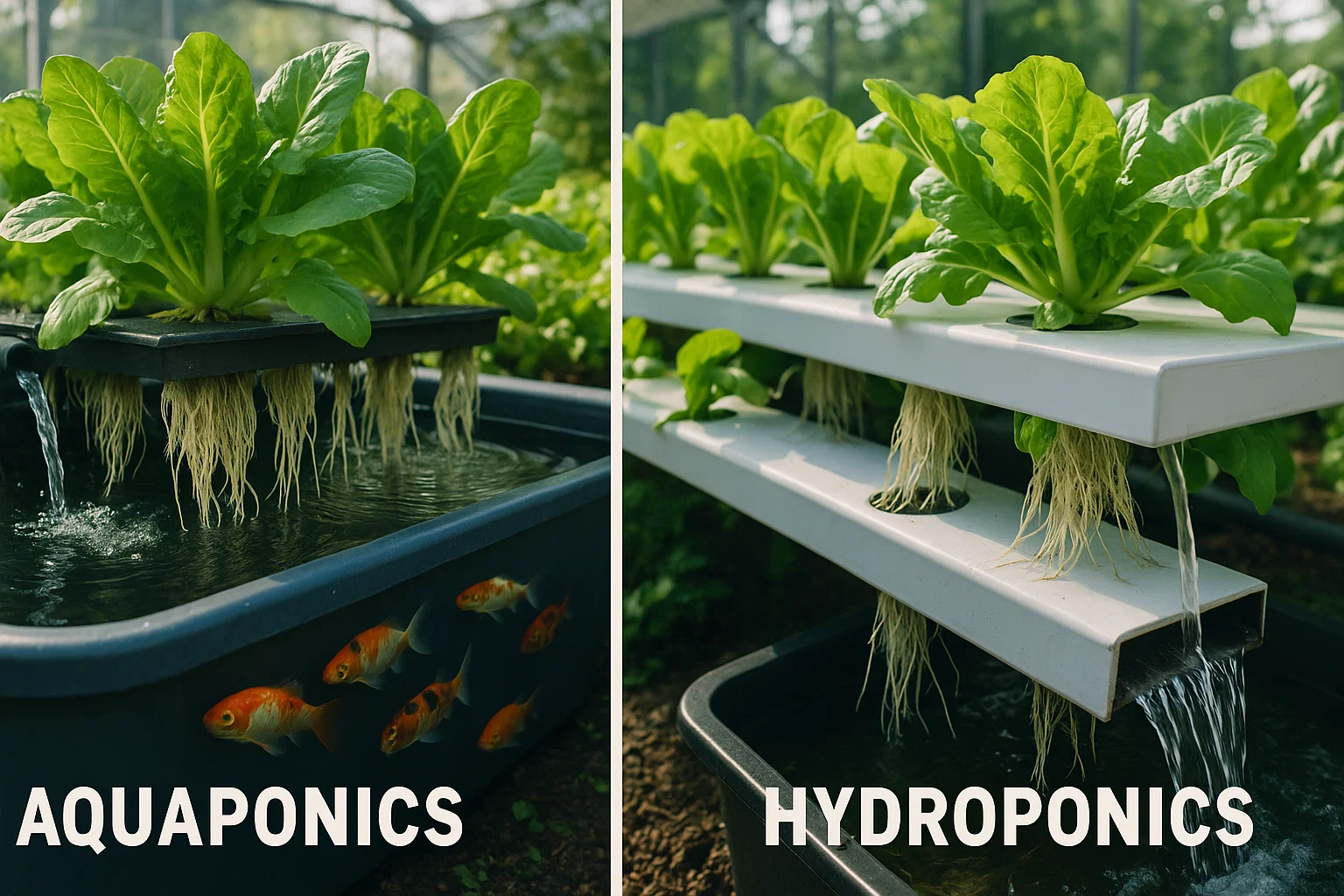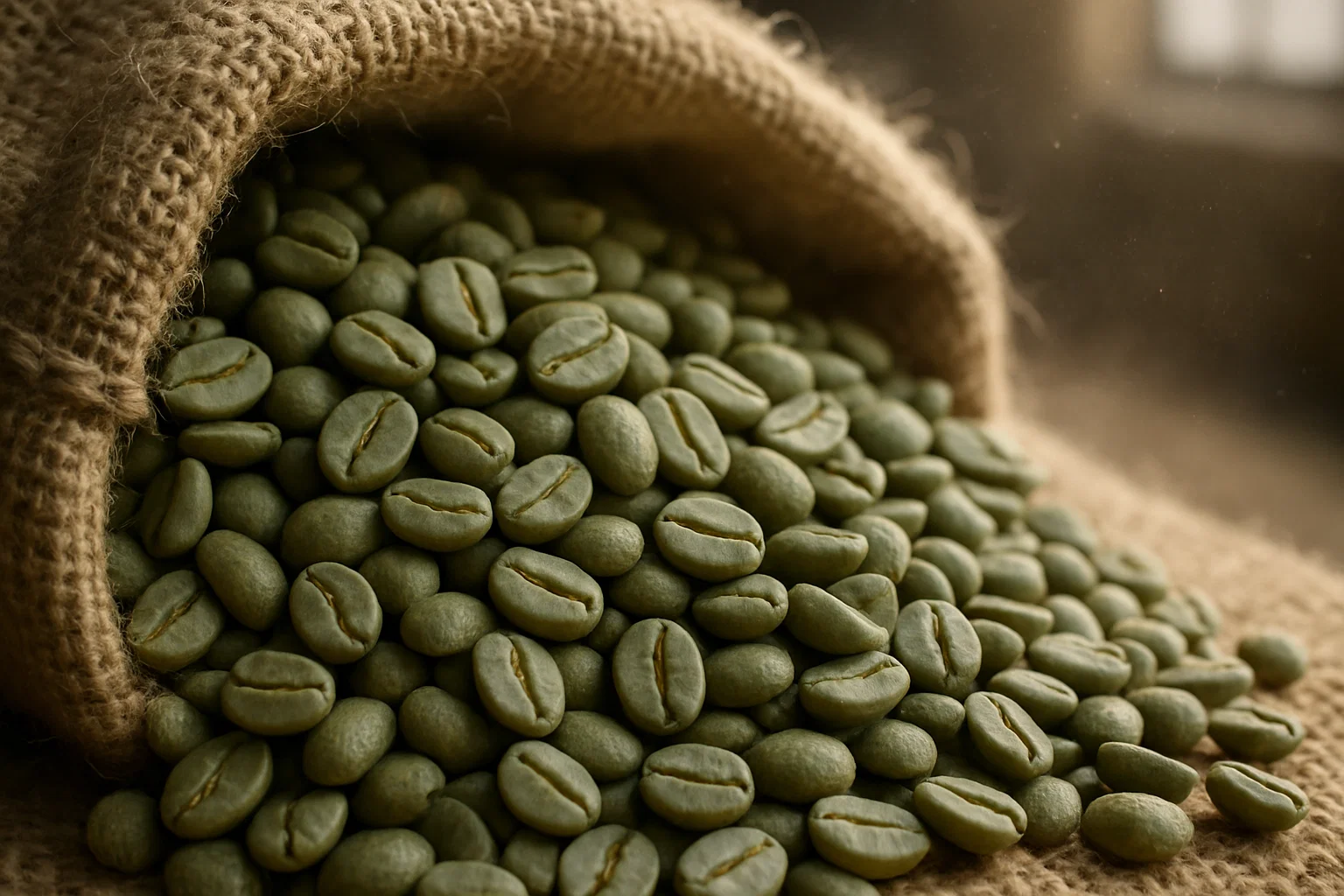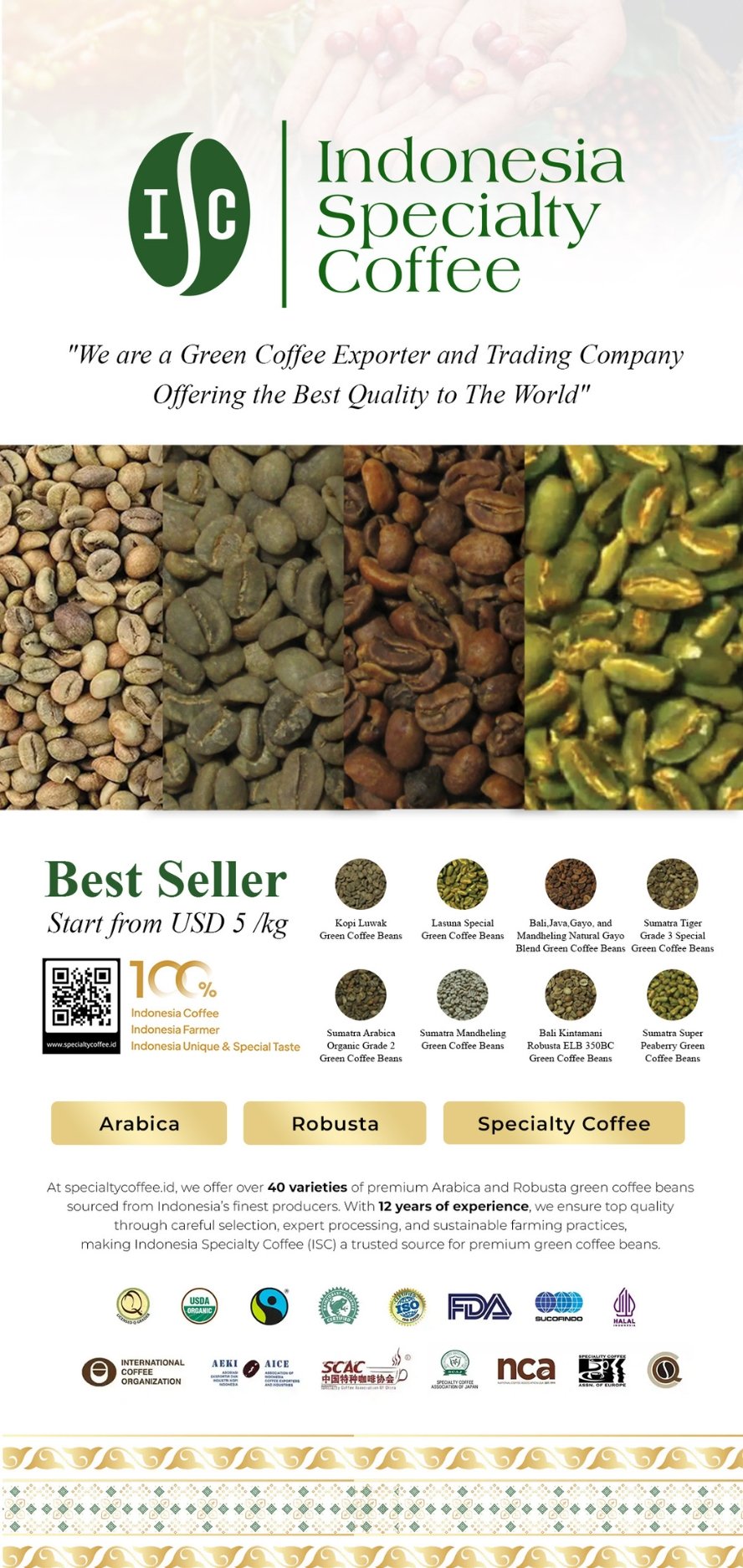In a world where the global population is projected to reach nearly 10 billion by 2050, the demand for food is skyrocketing. At the same time, climate change, shrinking arable land, and resource scarcity are posing unprecedented challenges to traditional farming methods.
Enter agricultural biotechnology, a groundbreaking field that is transforming the way we grow, produce, and sustain our food supply. But what exactly is agricultural biotechnology, and why is it being hailed as a game-changer for modern farming? Let’s dive in.
Contents
What is Agricultural Biotechnology?

Agricultural biotechnology refers to the use of scientific tools and techniques, including genetic engineering, molecular markers, and tissue culture, to modify plants, animals, and microorganisms for improved agricultural productivity and sustainability.
Unlike traditional farming methods that rely on selective breeding, this innovative approach allows scientists to make precise changes at the genetic level, unlocking new possibilities for crop resilience, yield, and nutritional value.
From drought-resistant crops to disease-resistant livestock, agricultural biotechnology is paving the way for a more efficient and sustainable agricultural system. It’s not just about producing more food—it’s about producing better food while minimizing environmental impact.
Read also: Climate-Resilient Agricultural Seeds for Extreme Weather
The Science Behind Agricultural Biotechnology
At its core, agricultural biotechnology leverages advancements in genetics, molecular biology, and bioinformatics. Here are some of the key technologies driving this revolution:
1. Genetic Engineering
Genetic engineering involves directly altering an organism’s DNA to introduce desirable traits. For example, scientists can insert genes from one species into another to create genetically modified organisms (GMOs). These GMOs are designed to withstand harsh environmental conditions, resist pests, or enhance nutritional content.
2. CRISPR-Cas9
CRISPR-Cas9 is a revolutionary gene-editing tool that allows scientists to make precise modifications to an organism’s genome. This technology has been used to develop crops with improved yields, reduced allergenicity, and enhanced resistance to diseases.
3. Molecular Markers
Molecular markers are used to identify specific genes associated with desirable traits, such as drought tolerance or disease resistance. This enables breeders to select and propagate plants with these traits more efficiently.
4. Tissue Culture
Tissue culture involves growing plants from small tissue samples in a controlled environment. This technique is particularly useful for propagating high-quality, disease-free plants on a large scale.
How Agricultural Biotechnology is Revolutionizing Farming
The applications of agricultural biotechnology are vast and far-reaching. Here are some of the ways it is transforming the agricultural landscape:
1. Boosting Crop Yields
One of the most significant contributions of agricultural biotechnology is its ability to increase crop yields. By developing genetically modified crops that are resistant to pests, diseases, and environmental stressors, farmers can produce more food on the same amount of land.
For example, Bt cotton, a genetically modified crop, has been shown to reduce pesticide use while increasing yields.
2. Enhancing Nutritional Value
Agricultural biotechnology is also being used to improve the nutritional content of crops. Golden Rice, for instance, is a genetically modified rice variety enriched with vitamin A, addressing malnutrition in developing countries.
Similarly, biofortified crops like iron-rich beans and zinc-enriched wheat are helping combat nutrient deficiencies worldwide.
3. Reducing Environmental Impact
Traditional farming practices often rely on chemical pesticides and fertilizers, which can harm the environment. Agricultural biotechnology offers a more sustainable alternative by developing crops that require fewer chemical inputs.
For example, herbicide-tolerant crops allow farmers to control weeds with minimal herbicide use, reducing soil and water contamination.
4. Improving Food Security
With the global population on the rise, ensuring food security is more critical than ever. Agricultural biotechnology is playing a key role in addressing this challenge by developing crops that can thrive in challenging conditions, such as drought-prone or saline soils.
These innovations are helping farmers in vulnerable regions produce enough food to feed their communities.
5. Supporting Climate Resilience
Climate change is one of the biggest threats to agriculture, with rising temperatures, unpredictable weather patterns, and extreme events like floods and droughts becoming increasingly common.
Agricultural biotechnology is helping farmers adapt to these changes by developing climate-resilient crops that can withstand harsh conditions.
Real-World Examples of Agricultural Biotechnology in Action
1. Drought-Tolerant Maize
In sub-Saharan Africa, where drought is a major challenge, scientists have developed drought-tolerant maize varieties using agricultural biotechnology. These crops have significantly improved yields, providing food security for millions of people.
2. Non-Browning Apples
Arctic Apples are a genetically modified variety that resists browning when cut or bruised. This innovation not only reduces food waste but also enhances the consumer experience.
3. Disease-Resistant Papaya
In the 1990s, the papaya industry in Hawaii was nearly wiped out by the ringspot virus. Thanks to agricultural biotechnology, scientists developed a virus-resistant papaya variety, saving the industry and ensuring a steady supply of this nutritious fruit.
Addressing Concerns and Misconceptions
Despite its many benefits, agricultural biotechnology is not without controversy. Critics often raise concerns about the safety of genetically modified organisms (GMOs), their potential impact on biodiversity, and the ethical implications of genetic engineering.
However, numerous scientific studies and regulatory agencies, including the World Health Organization (WHO) and the U.S. Food and Drug Administration (FDA), have confirmed that GMOs are safe for human consumption and the environment. Additionally, strict regulatory frameworks are in place to ensure that biotech crops are thoroughly tested before being approved for commercial use.
It’s also important to note that agricultural biotechnology is not a one-size-fits-all solution. It should be used in conjunction with other sustainable farming practices, such as crop rotation, organic farming, and integrated pest management, to create a holistic approach to agriculture.
The Future of Agricultural Biotechnology
As technology continues to advance, the potential of agricultural biotechnology is virtually limitless. Researchers are exploring new frontiers, such as:
- Synthetic Biology: Designing entirely new organisms with tailored traits for specific agricultural applications.
- Precision Agriculture: Using data analytics, sensors, and AI to optimize farming practices and maximize efficiency.
- Vertical Farming: Combining biotechnology with innovative farming techniques to grow crops in urban environments.
Conclusion
Agricultural biotechnology is more than just a scientific innovation—it’s a game-changer for the future of farming. By harnessing the power of genetics and molecular biology, this field is helping farmers produce more food, improve nutritional value, and reduce environmental impact. While challenges and misconceptions remain, the potential benefits of agricultural biotechnology are too significant to ignore.
As we look to the future, it’s clear that agricultural biotechnology will play a pivotal role in shaping a more sustainable, resilient, and food-secure world. Whether you’re a farmer, a scientist, or simply a consumer, understanding this transformative technology is key to appreciating its impact on our lives and the planet.

